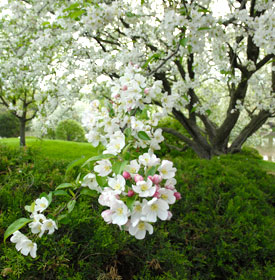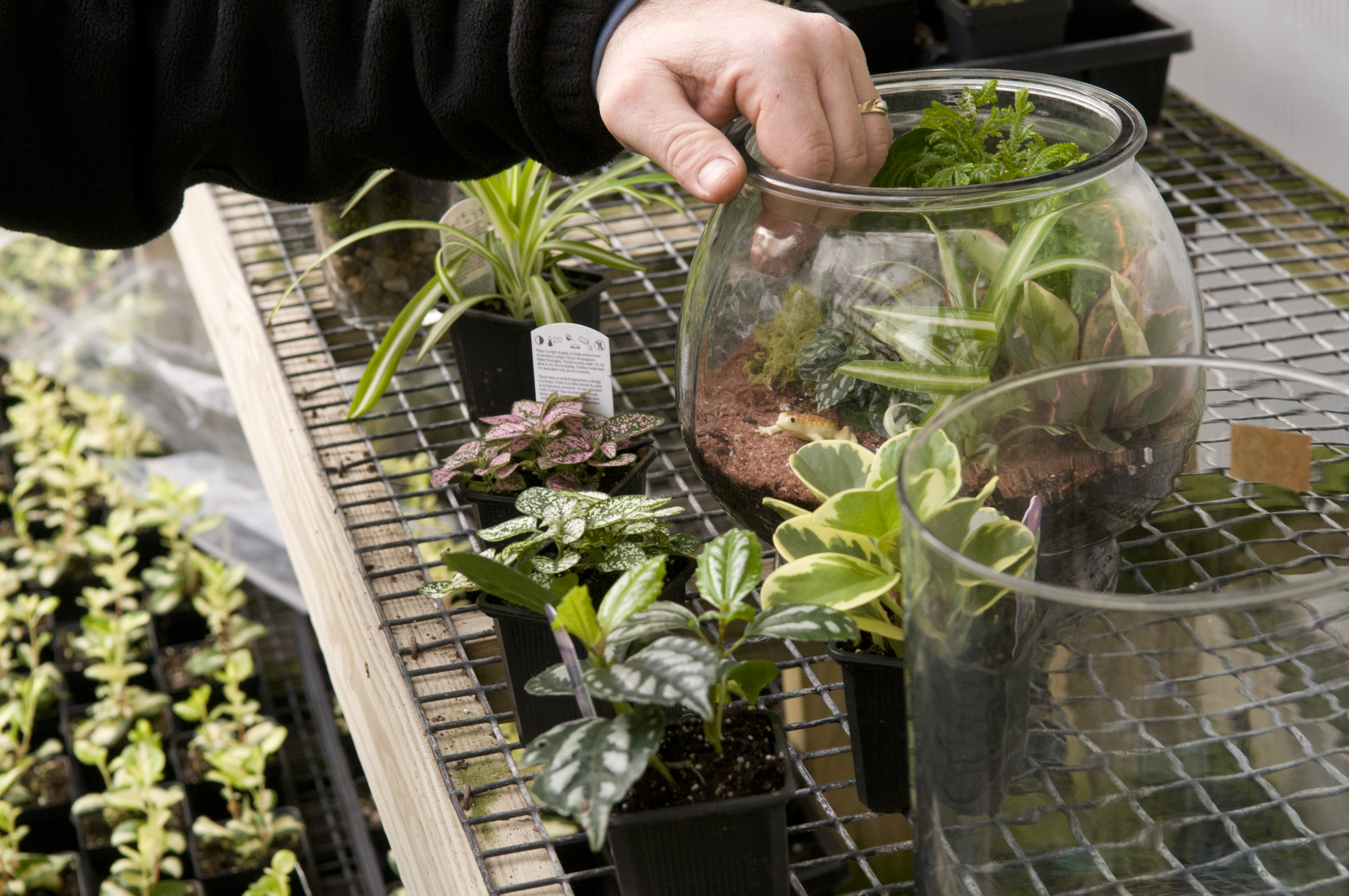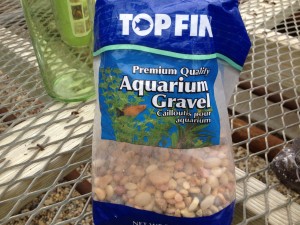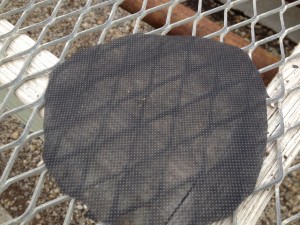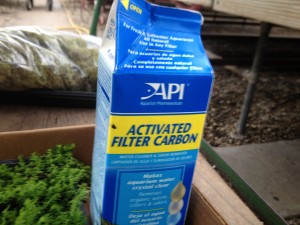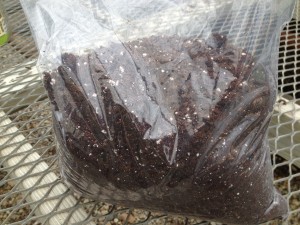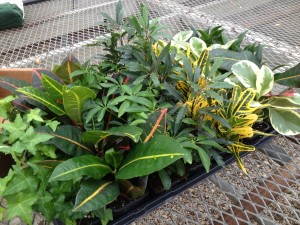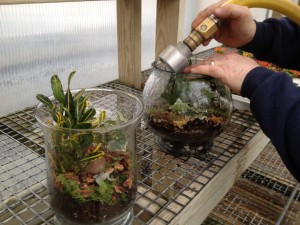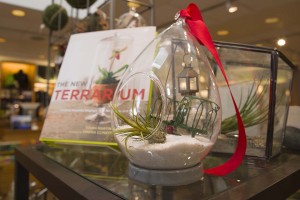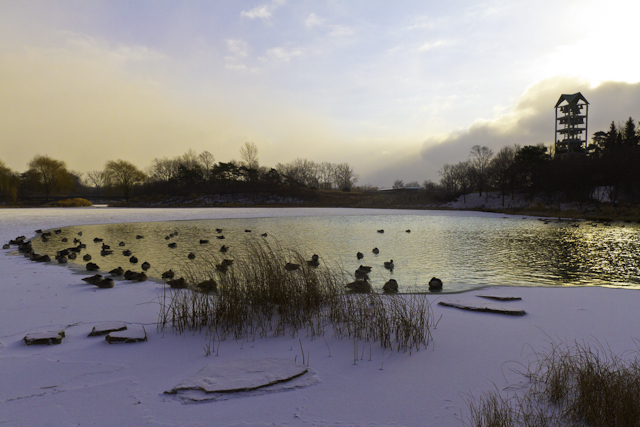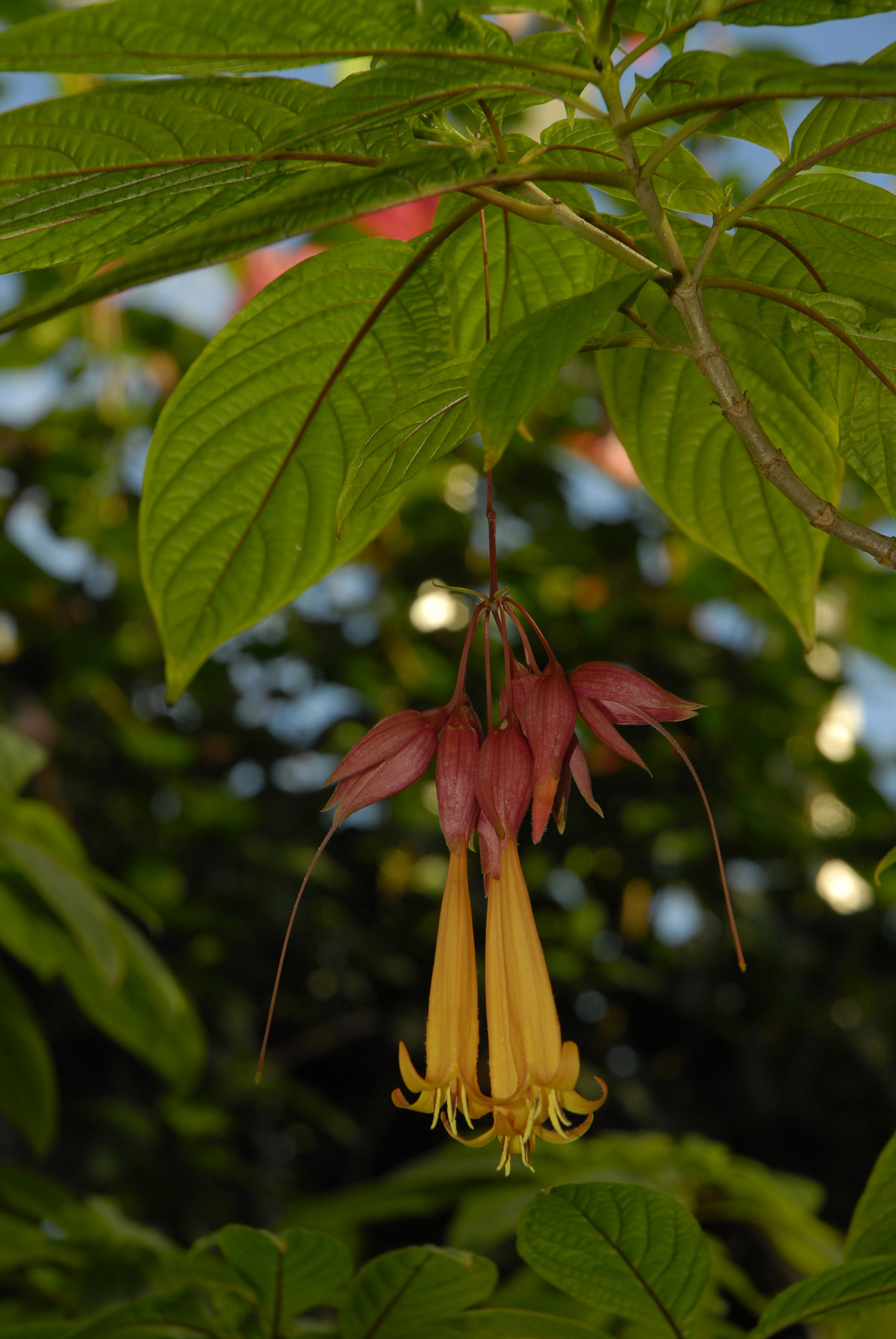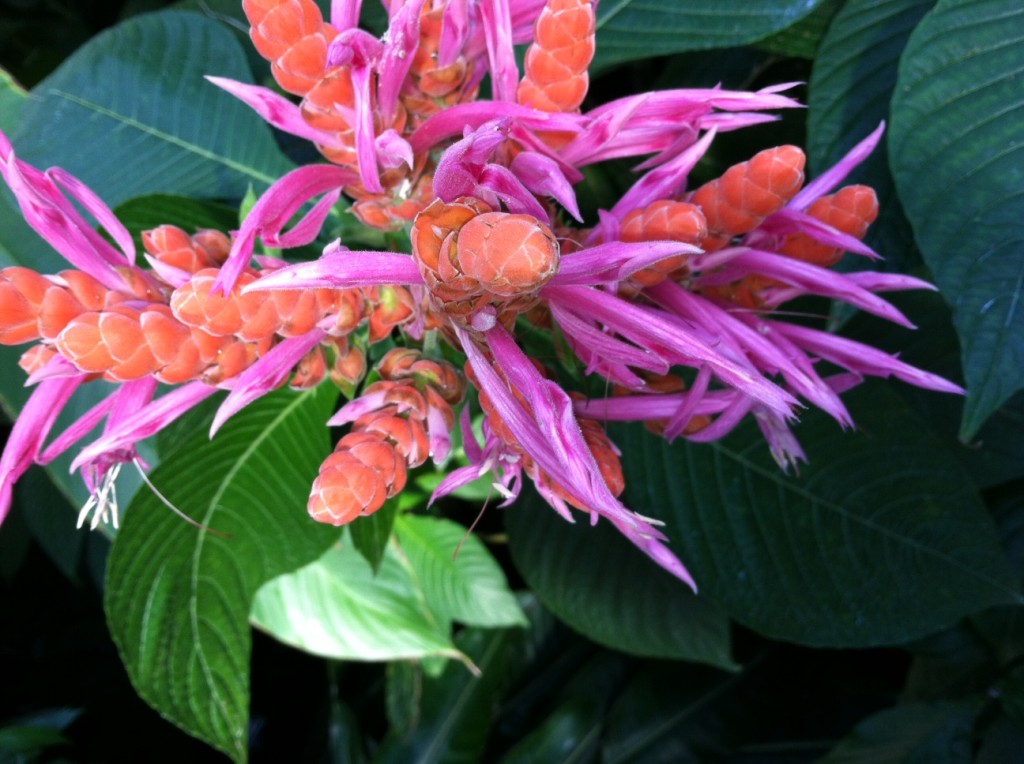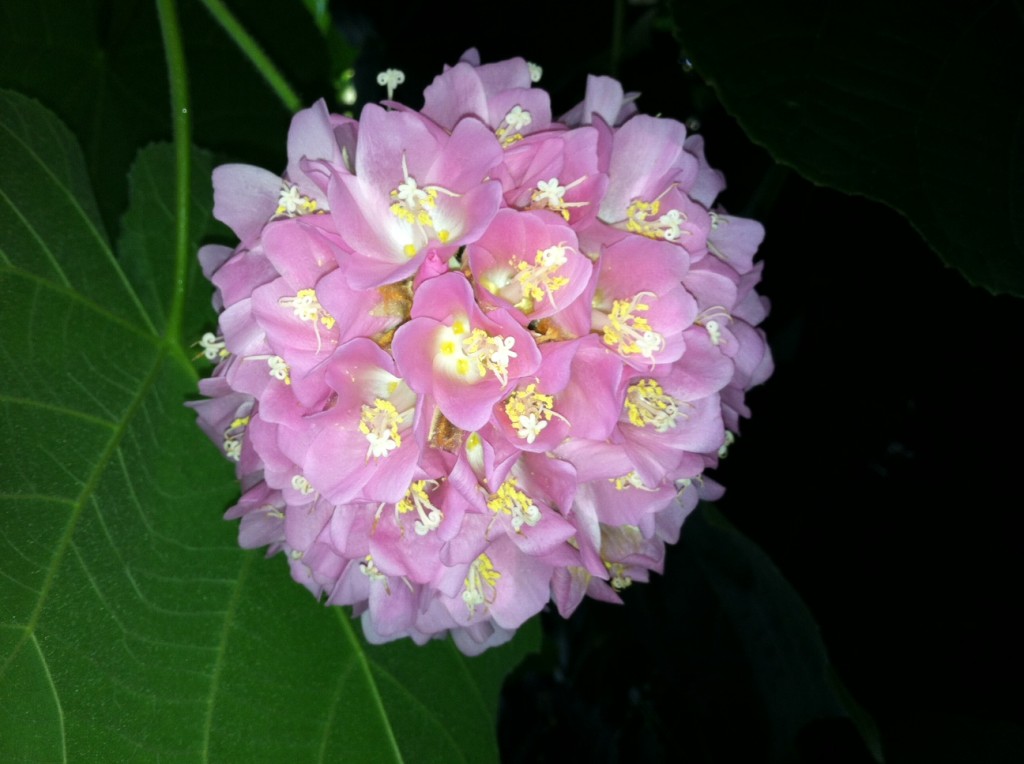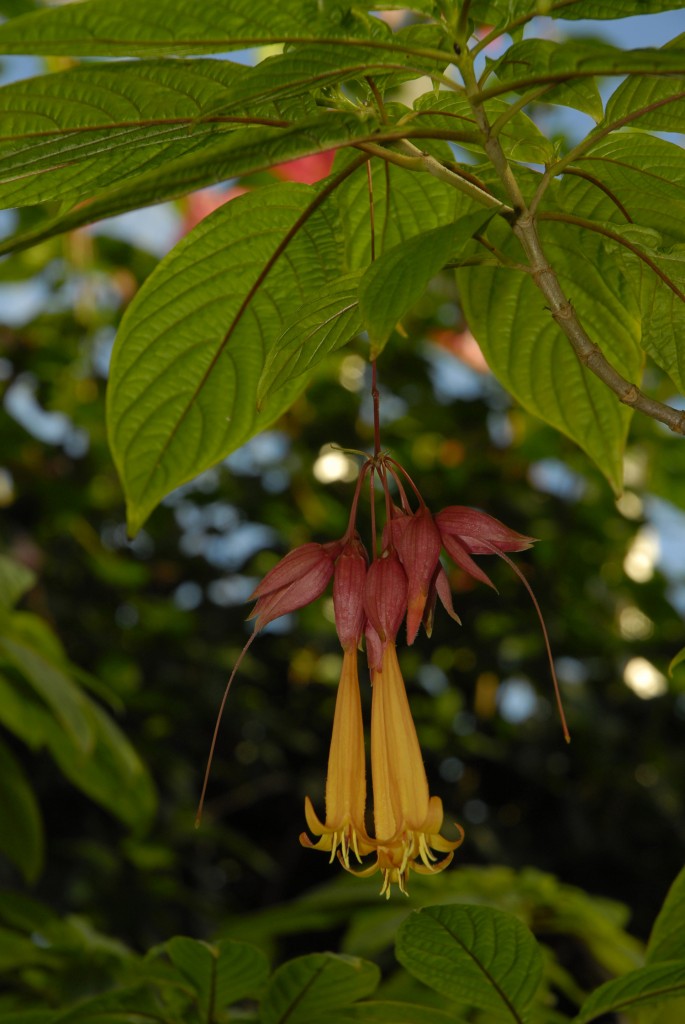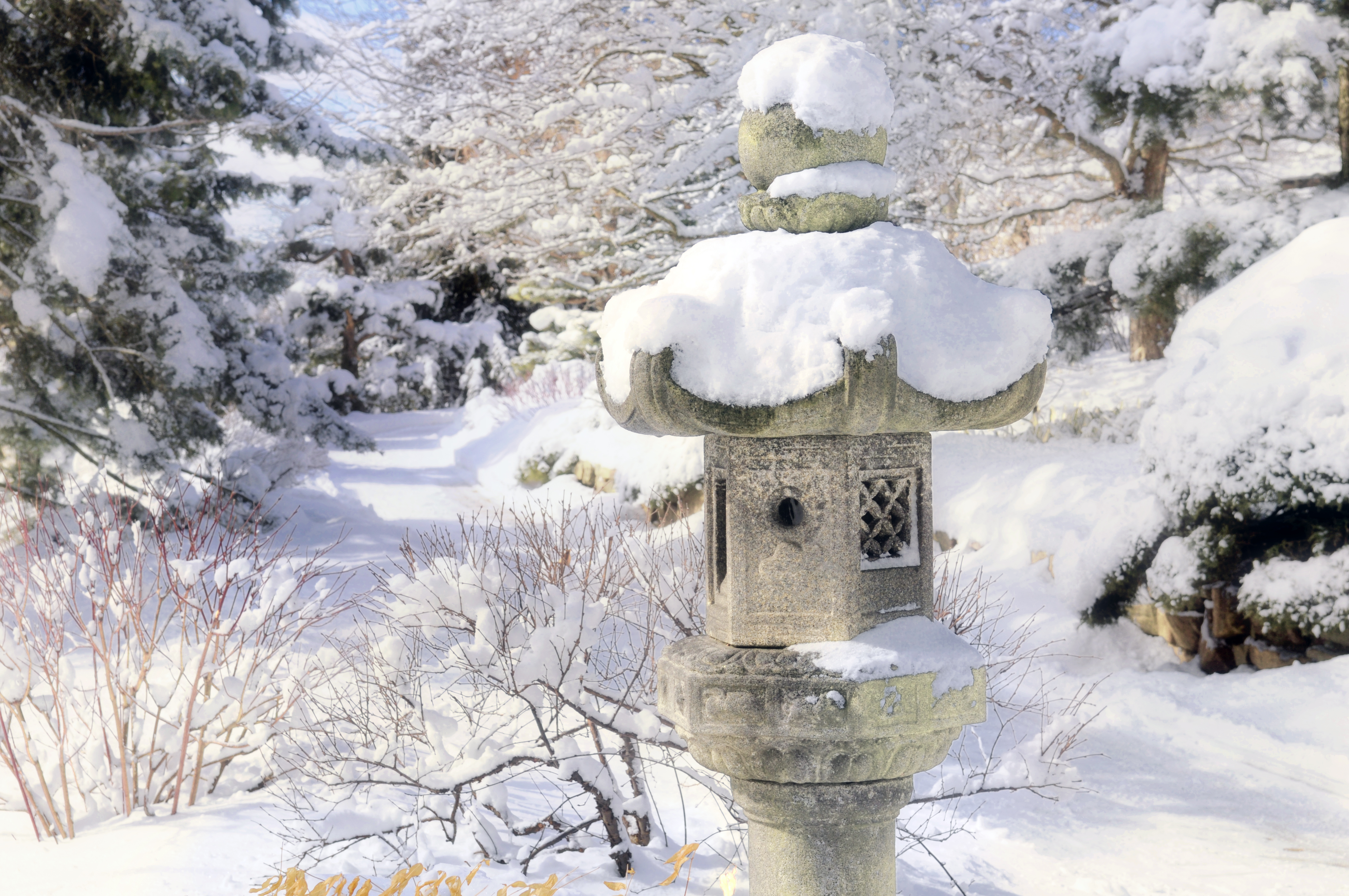Spring is now in full glory at the Chicago Botanic Garden, prompting us to show you the best gardens to visit right now, and hinting at what is yet to come.
We toured the Garden with Boyce Tankersley, director of plant documentation, to get some tips for making the most of your visit. Hint, hint — the crabapples are set to open this weekend, and the effect of over 200 crabapple trees in bloom along the shores of the Gardens of the Great Basin is a sight not to miss! Plus, it’s a great opportunity to try our new app!
 Watch the video above to hear Tankersley offer tips to maximize your visit with our new smartphone Garden app, called GardenGuide. The app is designed to enhance and enrich your Garden visit. Using the GPS technology in your smartphone, GardenGuide will guide you to any plant or point of interest with an interactive map. Use it at home as well — the features work without GPS.
Watch the video above to hear Tankersley offer tips to maximize your visit with our new smartphone Garden app, called GardenGuide. The app is designed to enhance and enrich your Garden visit. Using the GPS technology in your smartphone, GardenGuide will guide you to any plant or point of interest with an interactive map. Use it at home as well — the features work without GPS.
Have you ever wanted to know more about a plant you loved on your visit? Are you looking for information on a plant you want to see as you stroll the Garden today? Use the “Find” feature to pull up stunning photos or gardening information about the 2,524,687 plants in the collections database. Enter the common or Latin name, and GardenGuide will pinpoint both the plant’s location and your location so you can walk to it. A touch on the plant name will display gardening information. You can also search by plant characteristics to find types of plants. For example, is it purple, flowering, perennial, or does it have a preference for partial shade? Save the results to a favorite list for future reference, or share your plant favorites on Facebook or e-mail.
Plan your visit
Visiting with small children or a group? Use the GardenGuide to find water fountains and restrooms among other features, or to see what events are happening at the Garden during your visit. Check the Garden app for what’s in bloom, to see our event schedule, or check our open hours.
Use the Garden app to learn more about featured gardens with audio tours by Kris Jarantoski, executive vice president and director of the Garden. Try a curated walking tour of our most popular display gardens. Every tour stop is accompanied by interpretation of that location. Try a 14-stop tour of the English Walled Garden, a 16-stop tour of the Elizabeth Hubert Malott Japanese Garden, a four-season photo tour, a bird-watching tour, tours for families, or a fitness walk.
Download the GardenGuide from iTunes or Google Play.
©2013 Chicago Botanic Garden and my.chicagobotanic.org

